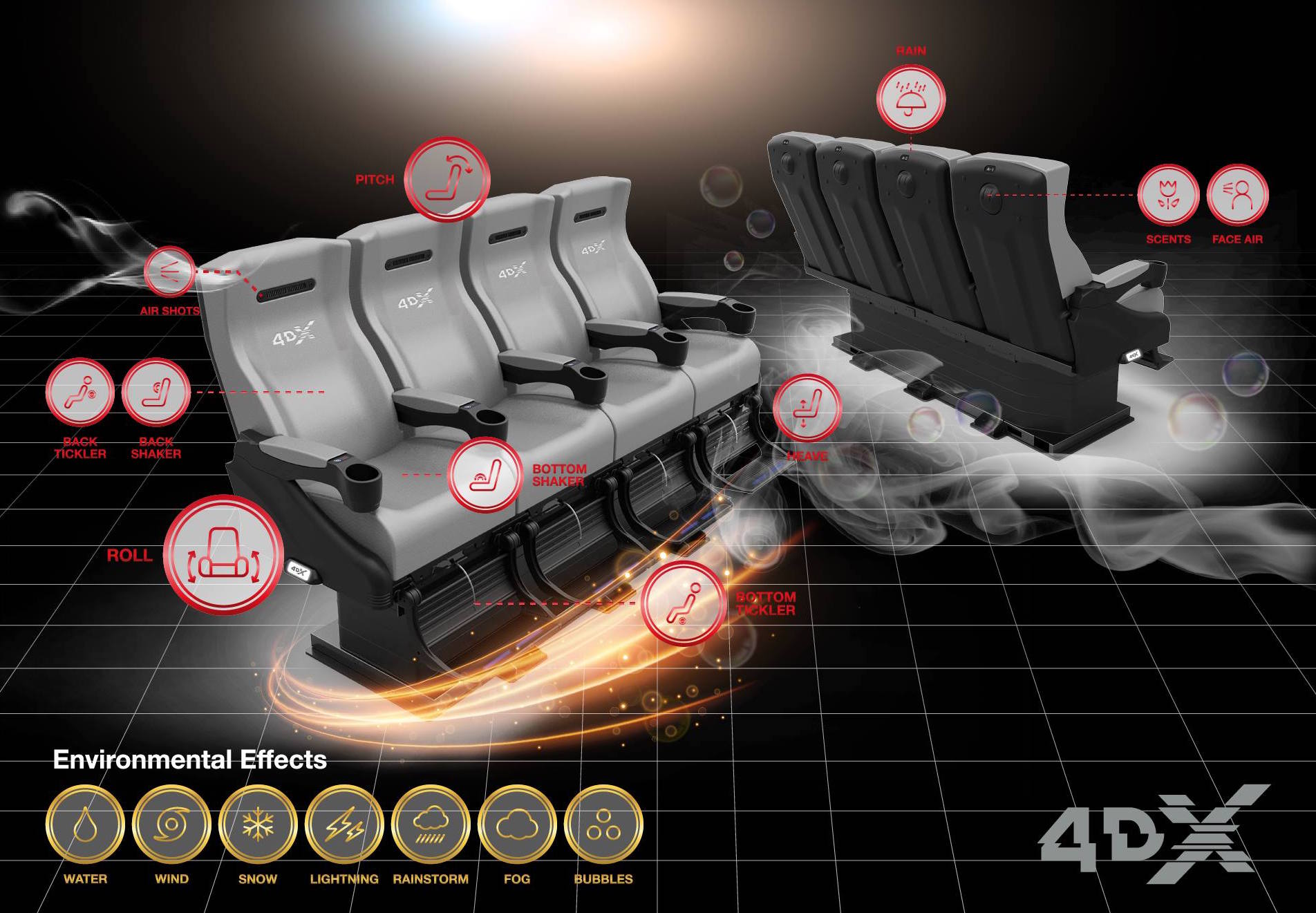

on Computer Vision and Pattern Recognition (]), 2008. The maximum individual grant amount for each RFP is $50,000 (U.S.).\n.\nThe Virtual Earth RFP, initiated and funded by Microsoft’s Virtual Earth and Local Search business units, is designed to encourage university research in areas relevant to digital geography, including spatio-temporal databases, routing, computer vision, ontologies, map user interfaces and visualization.\n.\nThe eight winners of the Virtual Earth RFP will conduct basic research in digital geographics that is expected to advance the state of the art. The 23 grant recipients represent universities from countries around the world, including in Belgium, India, Russia, South Korea and the United States. Through a request for proposal (RFP) process, Microsoft is encouraging academic research focused on advancing Microsoft® Virtual Earth™ technology as well as developing Trustworthy Computing curriculum projects. today announced the recipients of approximately $1 million in academic research funding. We were very lucky to be the recipient of an academic research gift from Microsoft, see the ]. Check out the movies below.\n\n\n\n \n\n\nAdditional (high-res quicktime) movies:\n\n\n\n\n\n\n > presented a ] at the 2007 ] conference on automatically inferring the temporal order of images from recovered 3D structure. Taylor paper\n*]: Oversegment images, group inside and between images, and reconstruct planelets.\n*]: Given only scan information about image content, can we locate the image in space ?\n*]: Automatically important images into an existing database using SIFT features.\n*]: Investigate the user interface issues regarding semi-automatic 4D reconstruction.\n*]: Do guided matching given known camera locations.\n*]: Can we leverage existing GIS technology to our advantage ? The idea is to consider urban structures as loose collections of points, lines, and planes, without comitting to any semantic interpretation yet.\n\nBelow is more detail on each of the projects:\n*]: Visualizing images in space and time.\n*]: 3D line reconstruction based on a C.

In Fall 2005, we created a number of teams around small projects designed to get the ] project up and running.

Hover to see names, click to link to homepages:\n!!! Graduate Students:\n ] ] ] ] ] ] ] ] ] \n!!!Undergraduates:\n] ] ] ]] ]


 0 kommentar(er)
0 kommentar(er)
